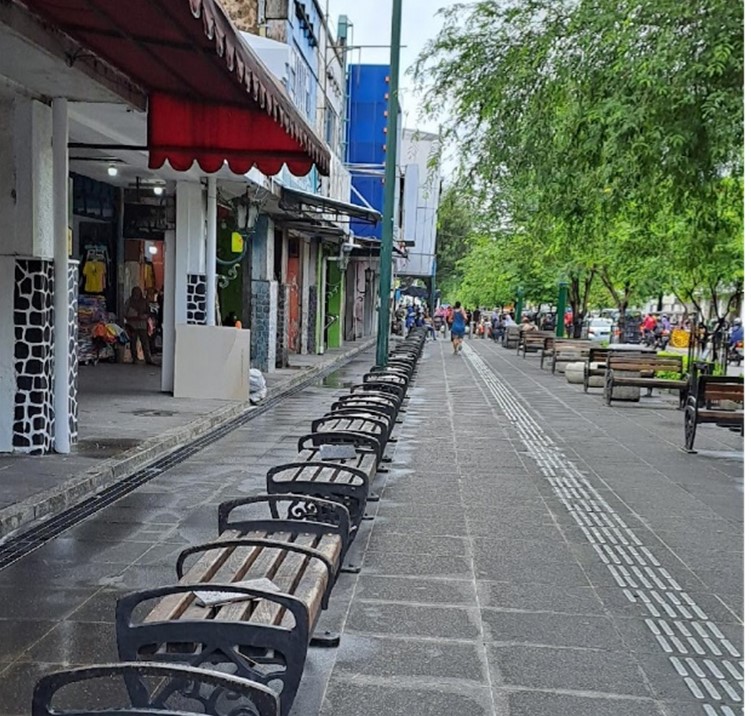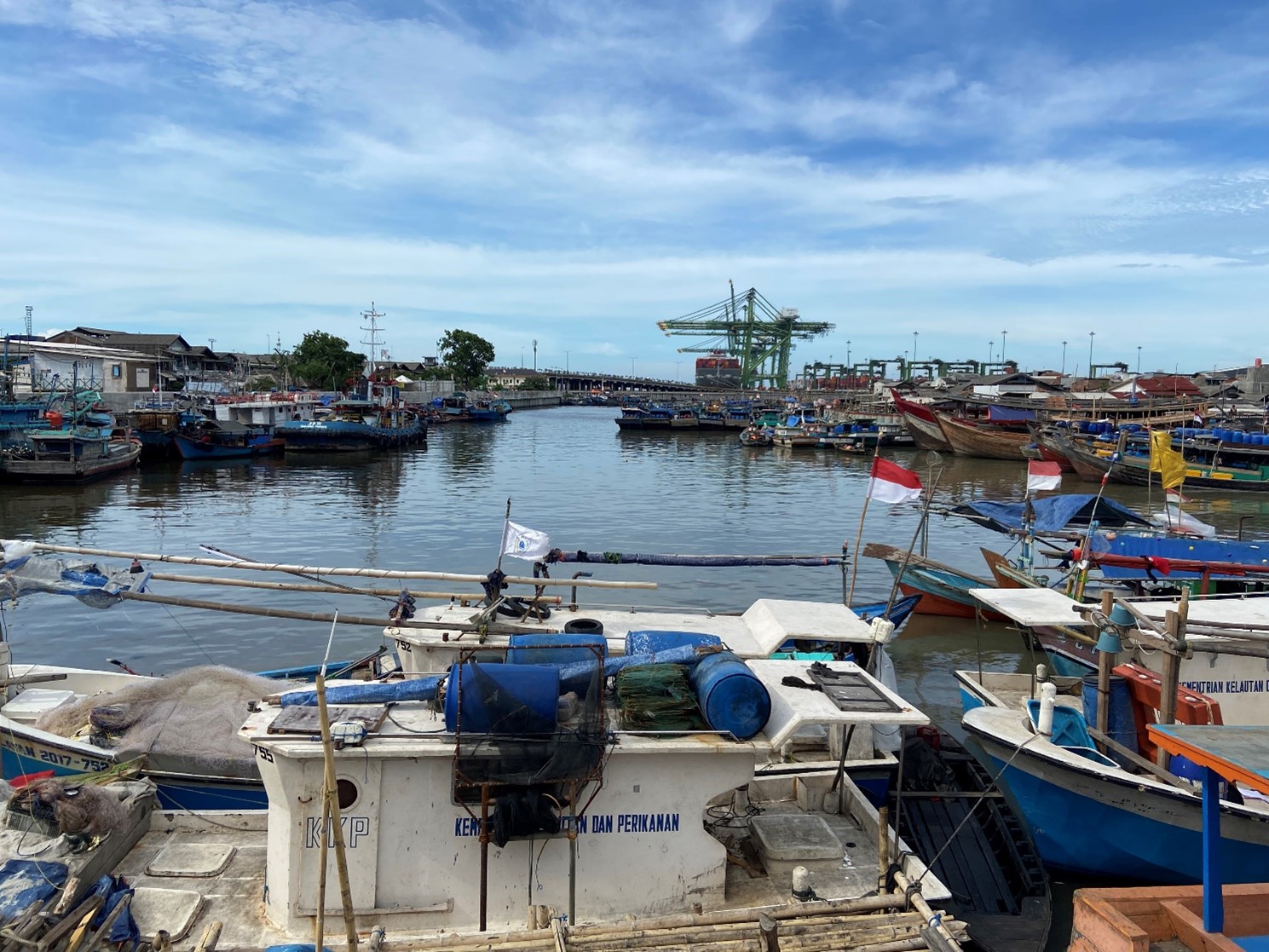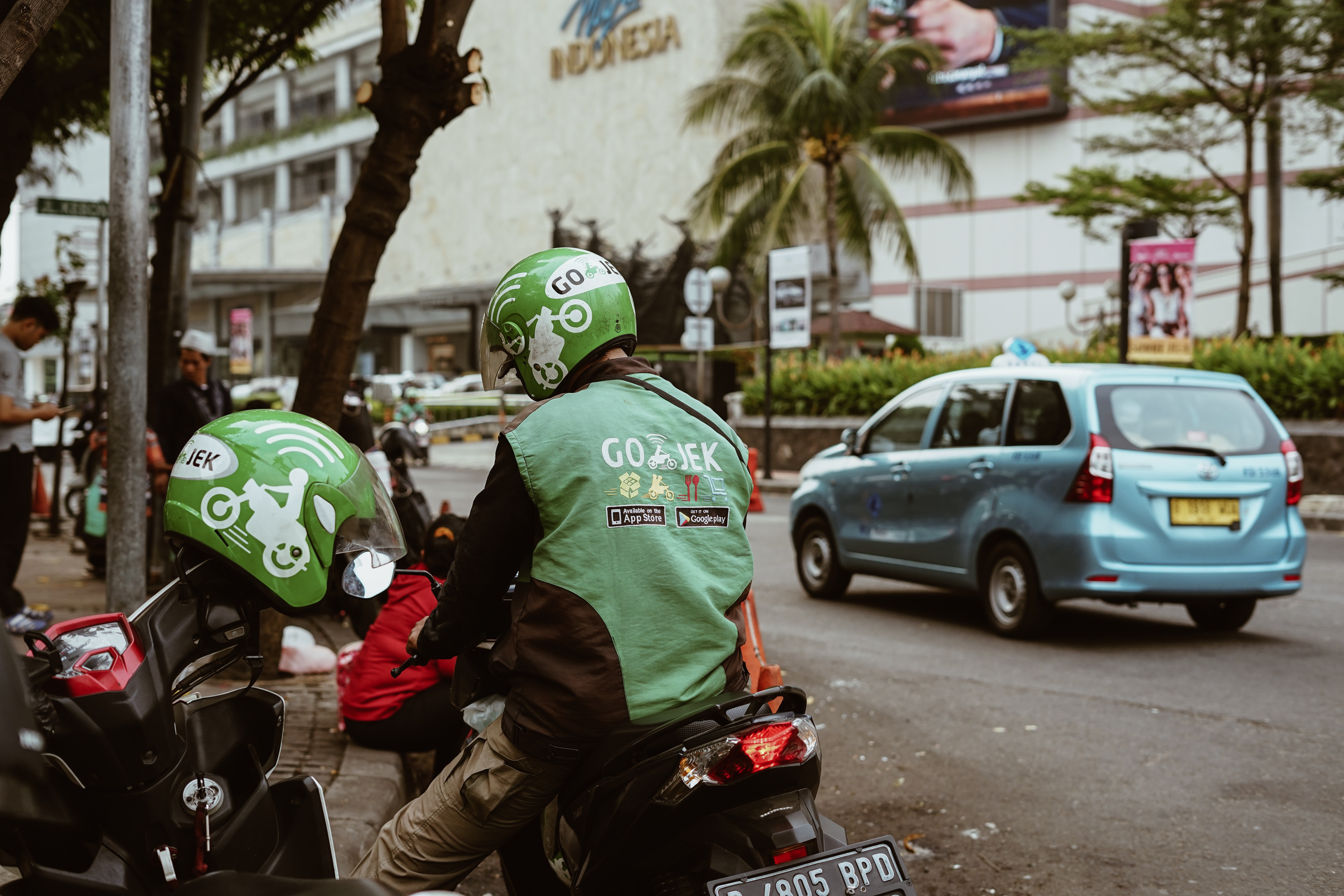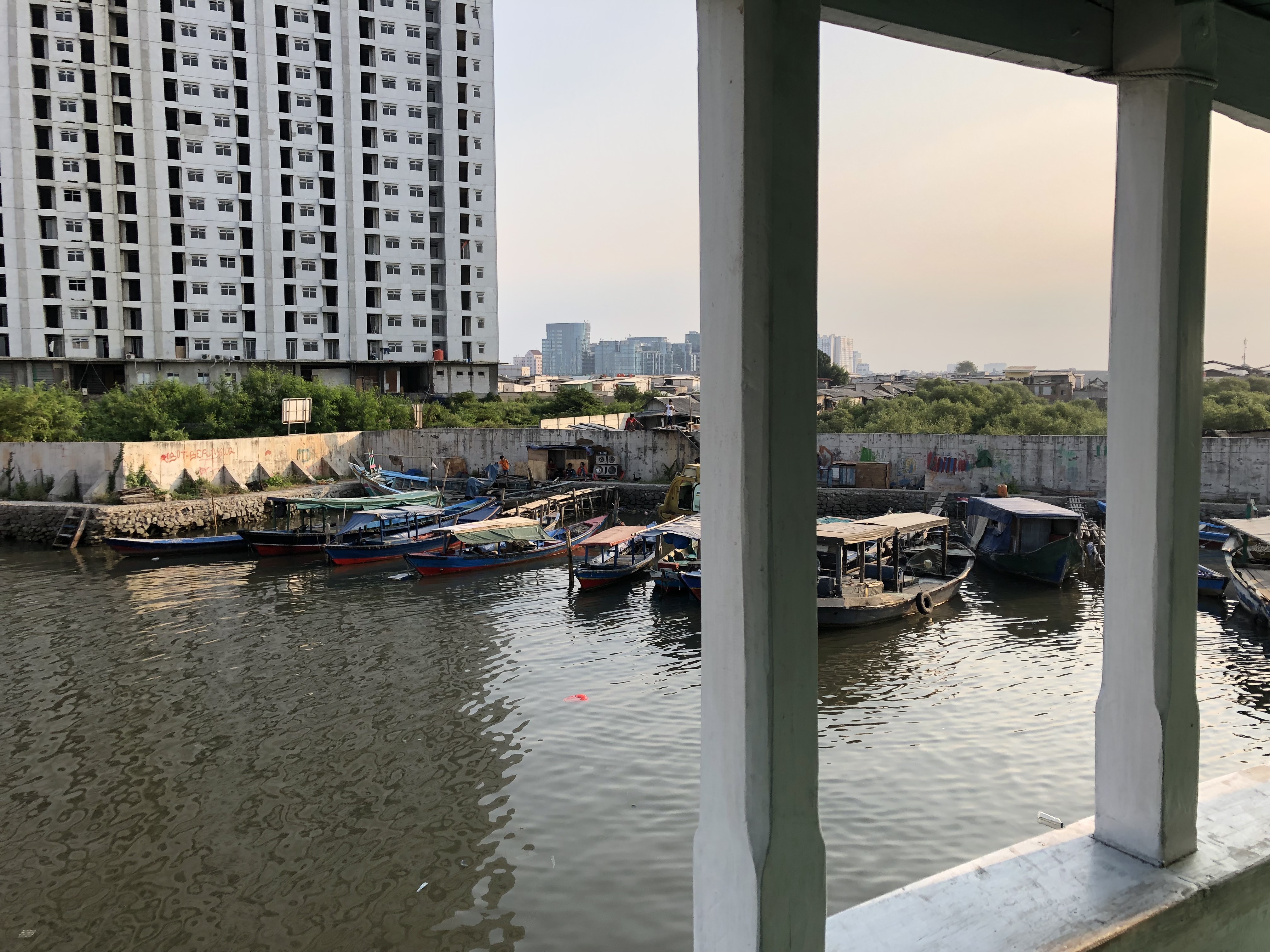In the Indonesian context, the royal court of Yogyakarta consistently symbolises culture and traditions. The model of the royal palace was selected to represent the Special Region of Yogyakarta in the Indonesia Indah project that showcases Indonesia’s cultural richness by featuring each province. Thus, the identity of Yogyakarta is inseparable from its culture and traditions, writes Ofita Purwani
_______________________________________________
Studies on the involvement of royal agencies in contemporary urban development have primarily focused on the Middle East and North Africa (MENA) region, particularly centred on Dubai, where cities exhibit entrepreneurial, ambitious, and futuristic characteristics designed to meet the global market. These cities, backed by royal agencies, undertake ambitious urban development projects characterised by iconic designs, involvement of starchitects, futuristic aspirations, and narratives associated with the global, sustainability, and ‘green’ initiatives. These characteristics are feasible because these cities are built from scratch without considering existing contexts. Starchitects working on these projects often accept and promote narratives sponsored by royal agencies. The existence of royal agencies differentiates cities in the Gulf area from Western urban theories.
While most literature on royal-sponsored urban development focuses on Dubai and other cities in the MENA region, another case in Southeast Asia bears similarities to those examples. Forest City, a new city in the state of Johor, Malaysia, is also sponsored by a royal agency and aims to be a sustainable and futuristic model. However, the city of Yogyakarta in Indonesia takes a different approach. Despite sharing some socio-political similarities with MENA and Johor, where the monarch still has a strong influence, Yogyakarta’s recent development seeks to revive its ‘original’ past rather than pursuing futuristic architecture.
Comparing the practices in Yogyakarta to those in Dubai and Johor is rooted in several fundamental conditions. All three regions possess an existing monarchy that holds authority over a specific geographical area, whether at the national, provincial, or state level, in the case of Johor. This authority empowers the royal figure to simultaneously act as the state and the market. In societies where the monarchy still retains significance and authority, civil society can often refer to the subjects of the king, rendering the traditional triangle of urban actors—state, market, and civil society—less significant as all three serve the primary actor, the king or the royal agency. This aspect has been discussed by scholars such as Kershaw on Monarchy in South East Asia and Davidson on sultanism, in which they mention that all stakeholders, including the private, the bureaucrats and the people, have a role in supporting the monarchy or the sultan.
In the case of Dubai, the Sheikh holds control over the government and is also a prominent player in various industries, benefiting from the region’s oil wealth and investing in numerous global companies. Moreover, he is regarded as a visionary by his people. Similarly, the Sultan of Johor wields significant influence over the state government and is involved in diverse businesses, ranging from property and palm oil to power plants and a football team. The people of Johor still hold deep respect for the Sultan, and all three actors—state, market, and civil society—support the monarchy in both Dubai and Johor.
In Yogyakarta, the Sultan holds authority at the provincial level and automatically assumes the position of governor, effectively embodying the state. While the royal family has several medium-sized companies, they maintain close relationships and collaborate with national conglomerates. As noted in a recent paper by Budi (2023), the people of Yogyakarta also demonstrate support for the monarchy. Hence, Yogyakarta shares similarities with Dubai and Johor in terms of enjoying support from all three actors, reaffirming the central role of the monarchy.
Yogyakarta’s current development focuses on restoring the city centre to its ‘original’ state. The city centre development aims to support the city’s proposal to be listed as the ‘City of Philosophy’ in the UNESCO World Heritage List.
The restoration of the city centre to the ‘original’ state refers to the previous knowledge of Yogyakarta in which the city is believed to have an ‘imaginary axis’ or ‘cosmological axis’ (for the UNESCO proposal, they use the term ‘philosophical axis’) that spread in the north-south direction. The objects along this axis are to be fully restored. Some of the objects are Malioboro Street and northern Alun-alun.

Malioboro Street, the bustling main shopping street in Yogyakarta, is known for its affordable arts, crafts, and street vendors. In an effort to beautify the city and potentially secure a spot on the UNESCO World Heritage List, street vendors were relocated to two new buildings called Teras Malioboro in 2022. The plan also includes painting the shops along the street white and targeting middle to upper-class tourists for a shift from low-budget to high-budget tourism. There are other reasons for this relocation. Based on an interview with the architect involved in this state project, there was a competition between the shop owners and the street vendors, and the shop owners wanted the street vendors -whose number kept increasing- removed. Another reason is that the provincial government wants Malioboro to become another ‘Orchard Road’. The inclination towards Singapore is based on the image that Singapore is ‘clean’ and ‘orderly’.
Despite some challenges faced during the relocation, there was no significant resistance recorded. The sultan himself stated that he had been waiting for 18 years to relocate the street vendors. However, the most popular narrative to justify the relocation is that it is required by UNESCO.
The Northern Alun-alun, a square in front of the royal palace, historically served as a place for people seeking justice from the sultan, and in modern times is used for parking and the Sekaten market. In 2020, the North Alun-alun underwent revitalisation, including changing the ground cover from grass to sand and adding a metal fence. The royal court claimed this was to restore the square to its original form based on a debatable interpretation of a picture by Johannes Rach from 1777. The restoration brings some consequences. The square, which used to be accessible to the public, is now completely closed. The public will have to ask for permission from the sultan in formal writing. Another consequence is that the Sekaten market, which used to be an integral part of the Sekaten ritual, is no longer conducted. It is relocated somewhere 3 km away from the original venue, renamed Pasar Rakyat Gumregah, and detached from the royal court ritual.

To justify the development in the city centre, which involves displacement, the provincial government of Yogyakarta employs a traditional narrative centred around the north-south axis. Even though it seems to be traditional, the approach aims for the tourism market through UNESCO recognition. The involvement of the ‘Singapore model’, even when it is only in cleanliness and orderliness, has contributed to the displacement of street vendors and shifted low-budget tourism to higher-budget tourism. This is a move away from the previous sultan’s (HB IX) approach. HB IX was popular for his inclination toward his people. Not only that, he gave so many contributions to the country but also to the people as well.
The urban trajectory, which seems ‘traditional’, where the traditional axis is strengthened and justified, is in very stark contrast to that of the royal-sponsored Gulf cities and Johor, which are futuristic and spectacular and justified with ‘green’ and ‘sustainable’ narratives. Several comparisons between them are needed to see the differences.
The existing image
The royal court of Yogyakarta is widely recognised as the birthplace of Javanese culture, with numerous cultural artefacts and practices intimately linked to its courtly traditions. Examples include Batik cloth, gamelan music, traditional dance, culinary delights, wayang puppetry, and distinctive architecture. These cultural practices persist today as living heritage.
Yogyakarta ranks among Indonesia’s most popular tourist destinations, second only to Bali, primarily due to its cultural heritage and traditions. Studies centred on Java often revolve around history, heritage, culture, and traditions unless they specifically address contemporary or modern issues. For instance, scholarly investigations explore the city’s layout and the royal palace, which are believed to be grounded in cosmological concepts associated with either Indic/Buddhist or Islamic influences, which is also the case in the traditional cities in broader Southeast Asia. The discourse surrounding the cosmological layout remains dominant to this day. In other words, there is some sort of traditional urban imaginary.
In the Indonesian context, the royal court of Yogyakarta consistently symbolises culture and traditions. The model of the royal palace was selected to represent the Special Region of Yogyakarta in the Indonesia Indah project that showcases Indonesia’s cultural richness by featuring each province. Thus, the identity of Yogyakarta is inseparable from its culture and traditions. While the royal court of Yogyakarta relies more on tradition than personal charisma, it follows that the court would be inclined to uphold these traditions.
Meanwhile, Dubai, as the main model for MENA cities, shows ‘a radical break with Arab traditions’. Its strategic location makes it possible to orient toward the global market. This also happens in Johor. The location of Forest City is between Johor and Singapore, and it aims global (Chinese) market. Johor sultanate itself owes its recognition as sultanate status to its modernisation. Different from Yogyakarta, which relies heavily on its traditional image for its power and tourism, Dubai and Forest City prefer global and futuristic images to sell in the global market.
The condition of funding
The main funding for the development, particularly in the city centre, is from the Privilege Fund, the fund distributed by the central government to the province as a consequence of the Law of Privilege. The funding is by proposals, so the local government has to propose the projects to the central government. Privilege Fund, however, has some restrictions. Based on the Law of Privilege, it has to be spent in five sectors only, which are: the procedure for governor appointment, governmental institutions, cultural issues, land issues, and spatial layout. The amount of funding depends on the availability of funds.
Under these conditions, the provincial government of Yogyakarta plans its development initiatives. Several sets of regulations were made for the application of the Law of Privilege. The local regulation on culture, passed in 2017, defines culture exclusively associated with the royal courts. The local regulation on spatial layout passed in 2017 also focuses on the spatial layout of the royal land. This causes the majority of the proposed funding to focus on cultural aspects and spatial layout to be ones about the royal heritage.
This is very different from the case in MENA and Johor. The cities in the MENA region enjoy investments from excessive oil money from GCC countries. Forest City in Johor is financed by Chinese elites. Those cities are free zones, offering investors many benefits and incentives. Yogyakarta is not a free zone and can only depend on Privilege Fund and local or national investment.
Legal matters
Foreign investment in Yogyakarta proves to be more difficult because of the property law that prohibits foreigners from owning properties in the country, based on the 1945 Constitution of Indonesia. If permitted, there are strict restrictions as stated in government regulation number 18/2021. Moreover, the local regulation also restricts Indonesian citizens of Chinese descent from owning property in the special region of Yogyakarta. This condition makes it challenging for Yogyakarta to attract foreign investments, unlike those other cities, which function as a free economic zone enabling foreigners to purchase properties and invest with greater freedom. This legal issue undoubtedly influences urban development in Yogyakarta which cannot attract foreign investment or aim for the global market.
Conclusion
Cities are where global and local forces meet. The comparisons above show that Yogyakarta has fewer global forces than the cities in MENA and Johor. The location in the inland of Java and the legal issue on the property and foreign investment gave Yogyakarta less exposure to Foreign investment and global ideas. Yogyakarta cannot sell properties in the global market, and tourism is the most that Yogyakarta can sell to the global market. The condition of funding also shows that Yogyakarta relies on the central government for funding. The dominant urban discourse is still the one that is local and traditional. This is also possible because of the existing image of Yogyakarta as the traditional one and as the object of cultural tourism.
However, it is also clear that Yogyakarta adopts the Singapore model, even when it is restricted to two aspects only: cleanliness and orderliness. To be clean and orderly, the city centre needs to be free from street vendors and low-income settlements. The royal court-related buildings also have to be cleaned from them. This leads to displacement, which is legitimised by the UNESCO narrative.
Looking up to Singapore as an urban model, however, is very popular in Indonesia and many other Asian countries. Singapore has been considered a successful model with cleanliness, orderliness, high technology, and ‘green’. However, to go further in copying Singapore, such as having high-tech buildings, seems risky for Yogyakarta as the people of Yogyakarta still think of the city as ‘traditional’. It happened before when the sultan planned to make underground parking under the north Alun-Alun. The plan faced resistance from society as they worried that it would disrupt the axis. Being futuristic and visionary in MENA and Johor case might be preferred, but not in the Yogyakarta case. Yogyakarta still prefers traditional urban imaginaries.
______________________________________________
*Banner photograph by and copyright of the Author.
*To learn more about urban development in Yogyakarta you can read the Authors Southeast Asia Working Paper here: Questioning the traditional narrative over contemporary urban development in the Javanese royal city.
*The views expressed in the blog are those of the authors alone. They do not reflect the position of the Saw Swee Hock Southeast Asia Centre, nor that of the London School of Economics and Political Science.





